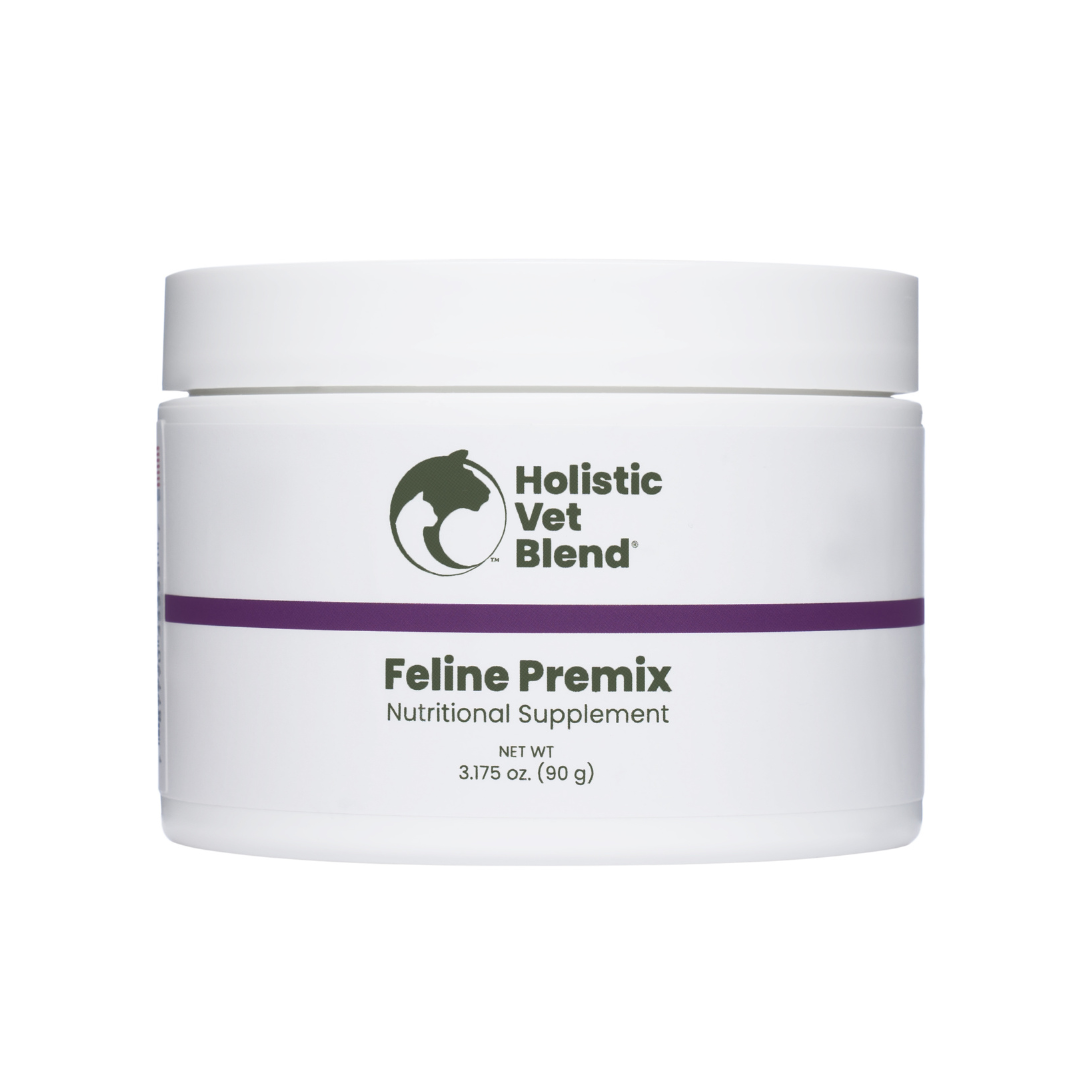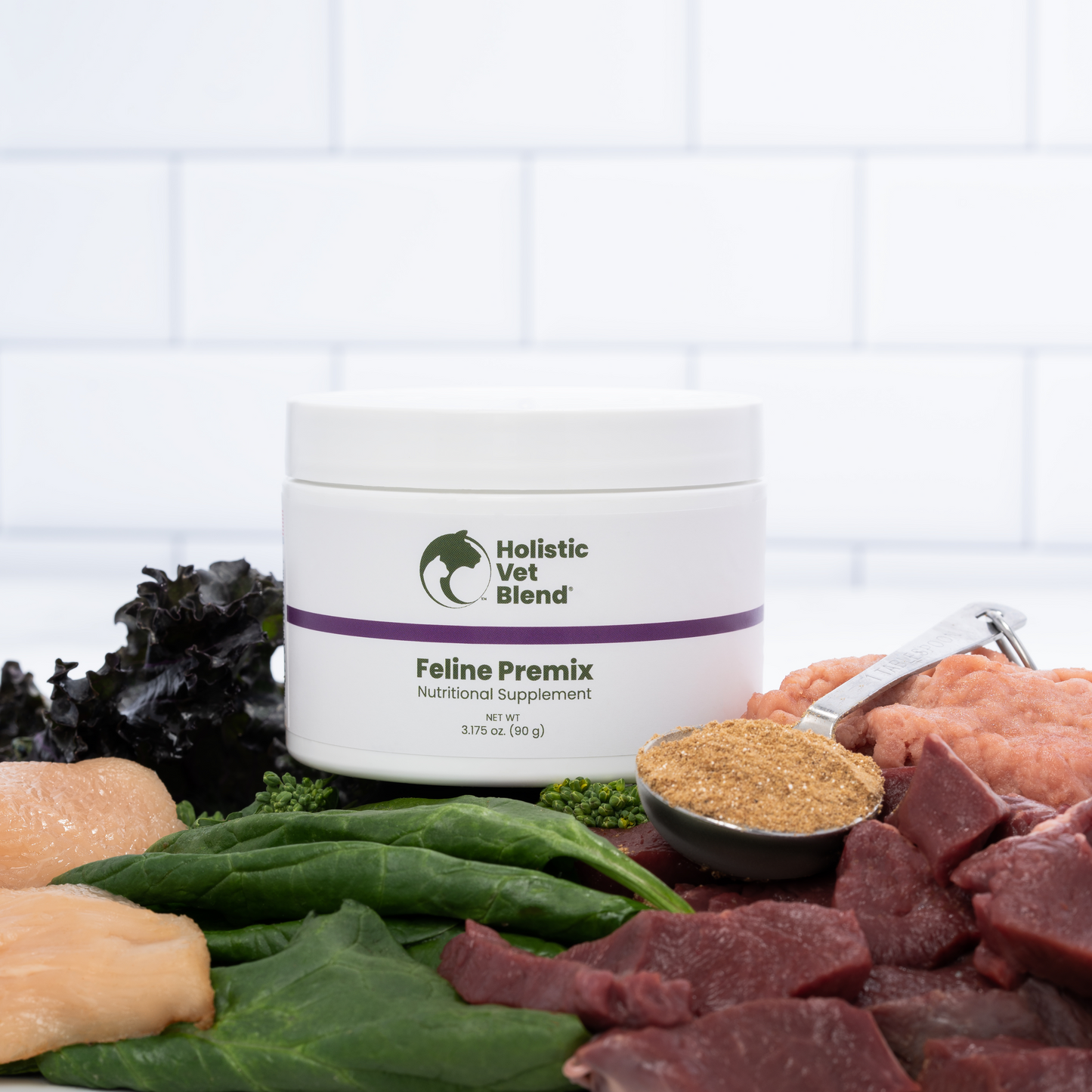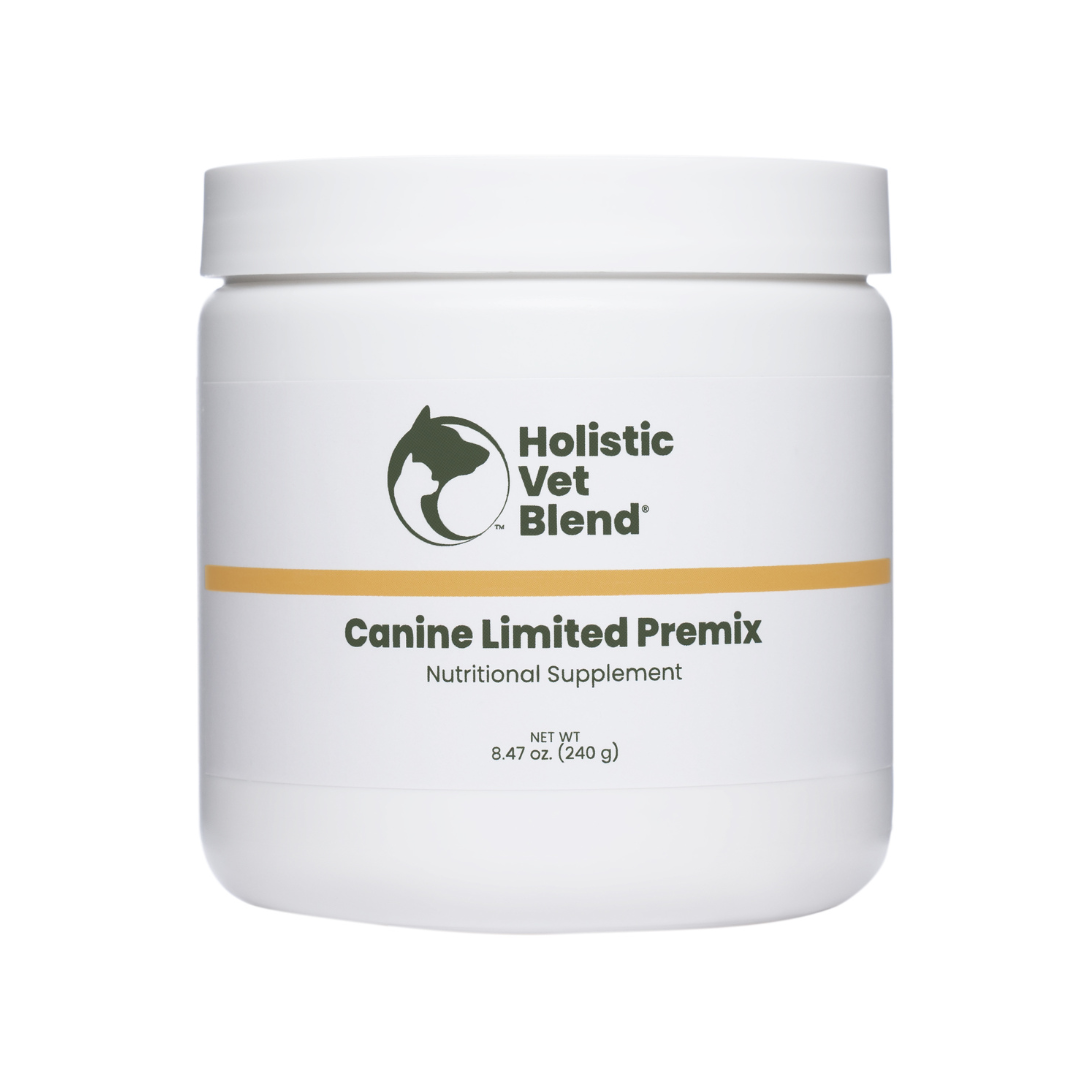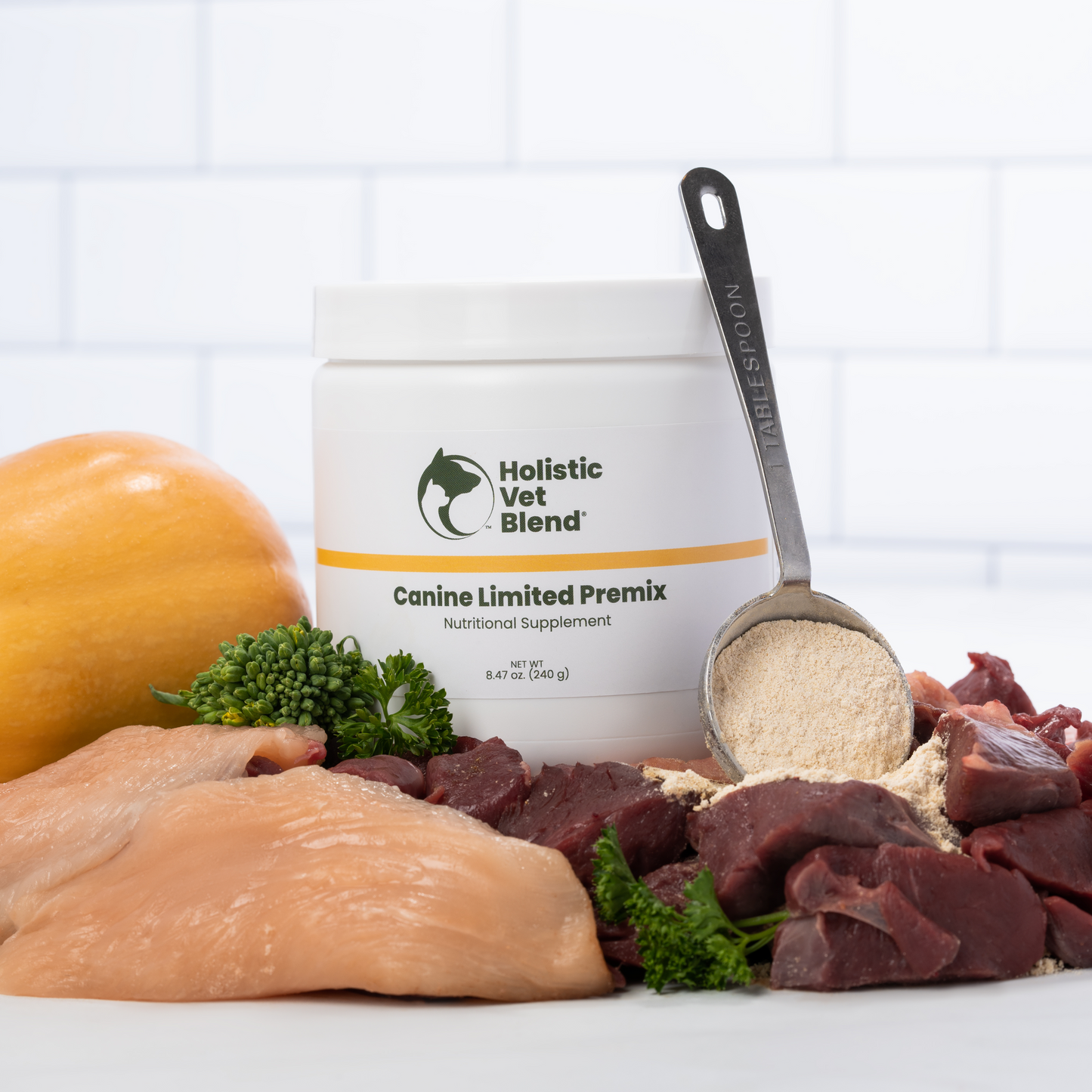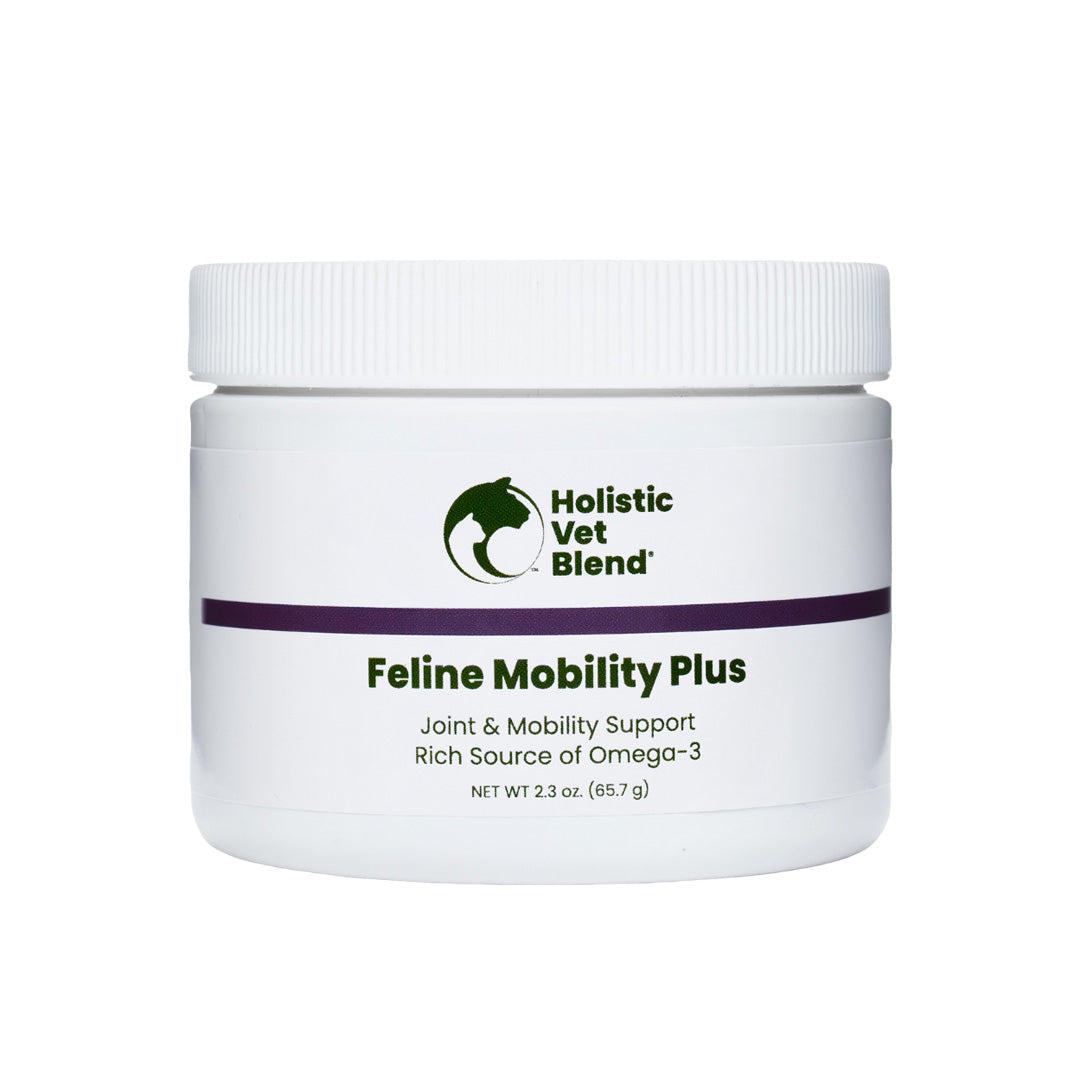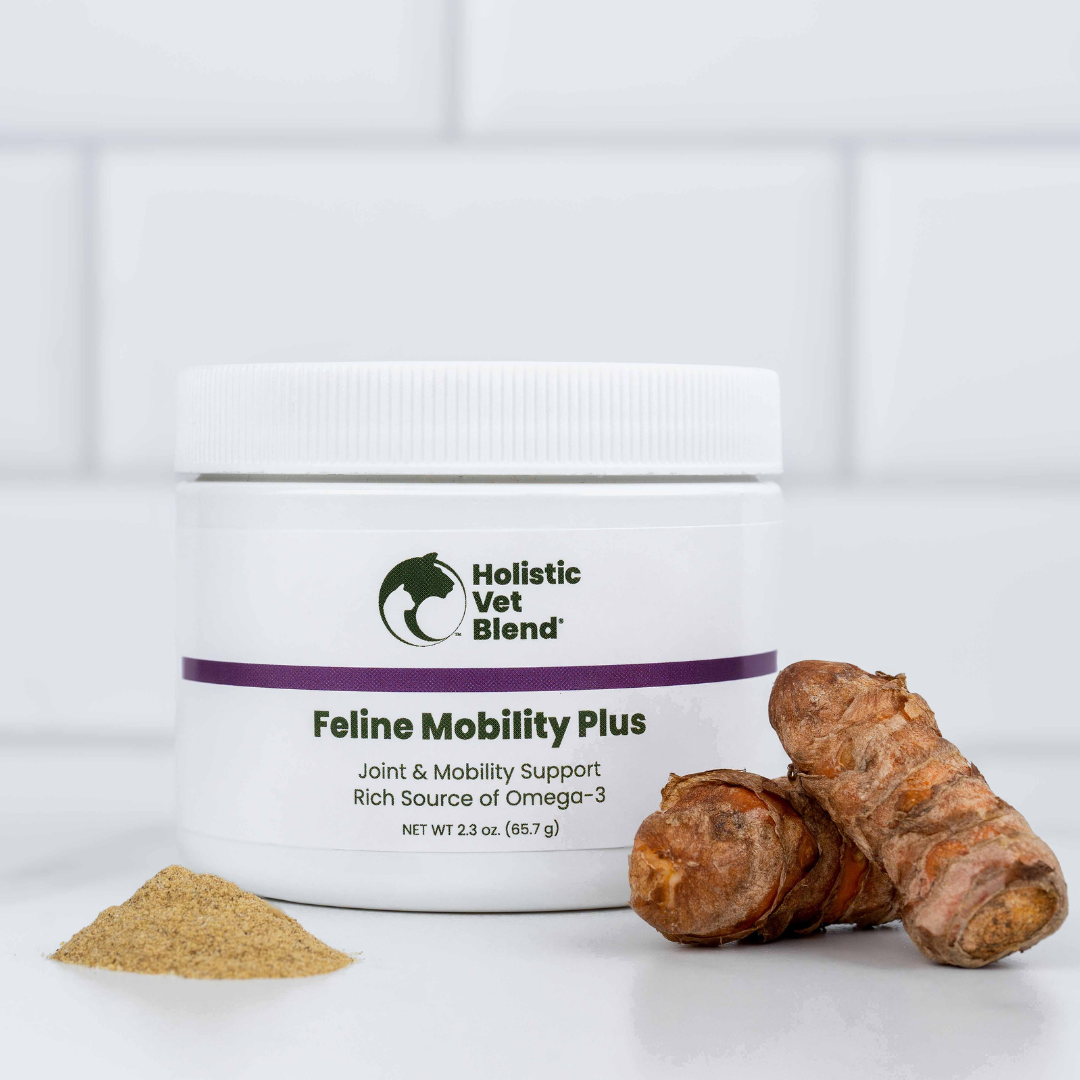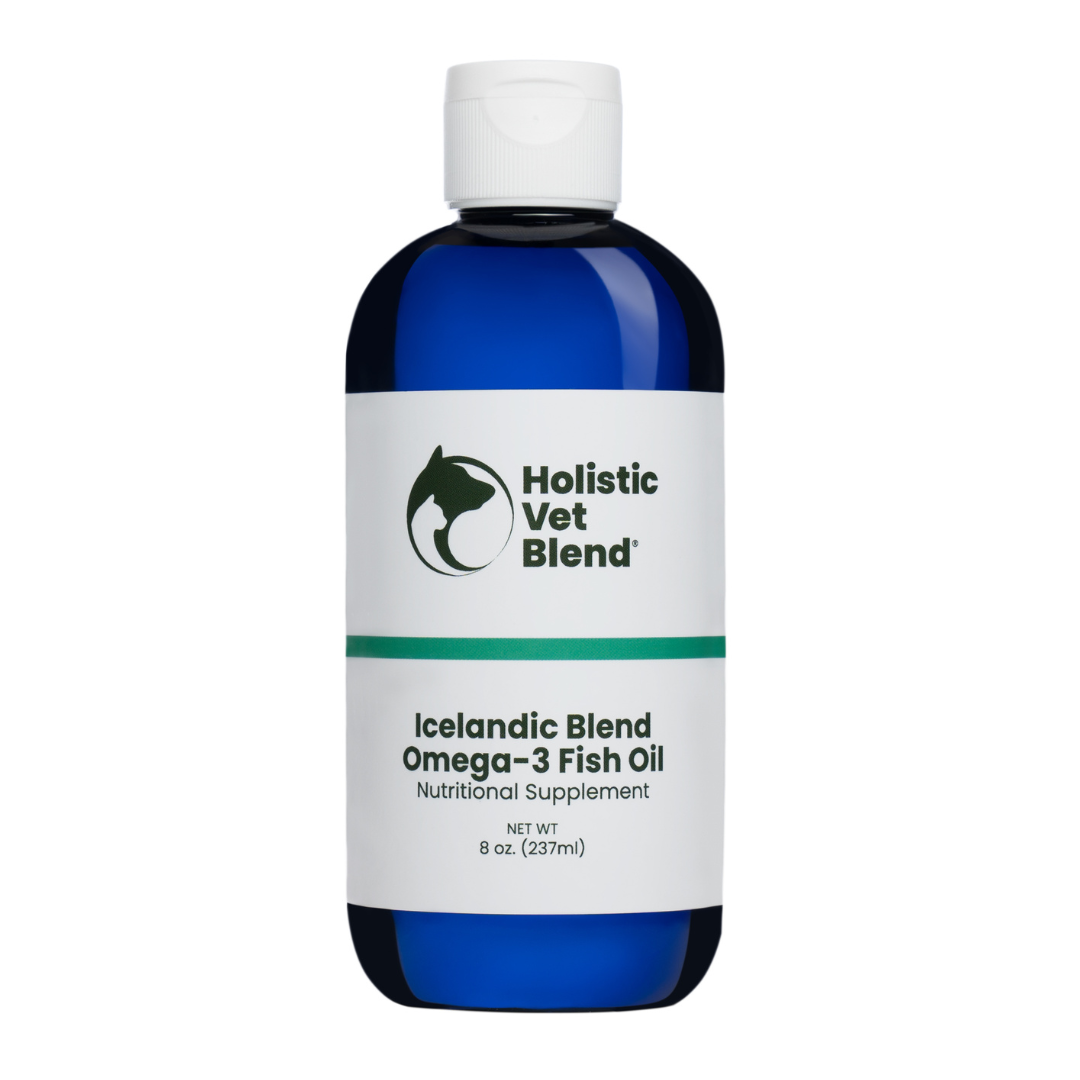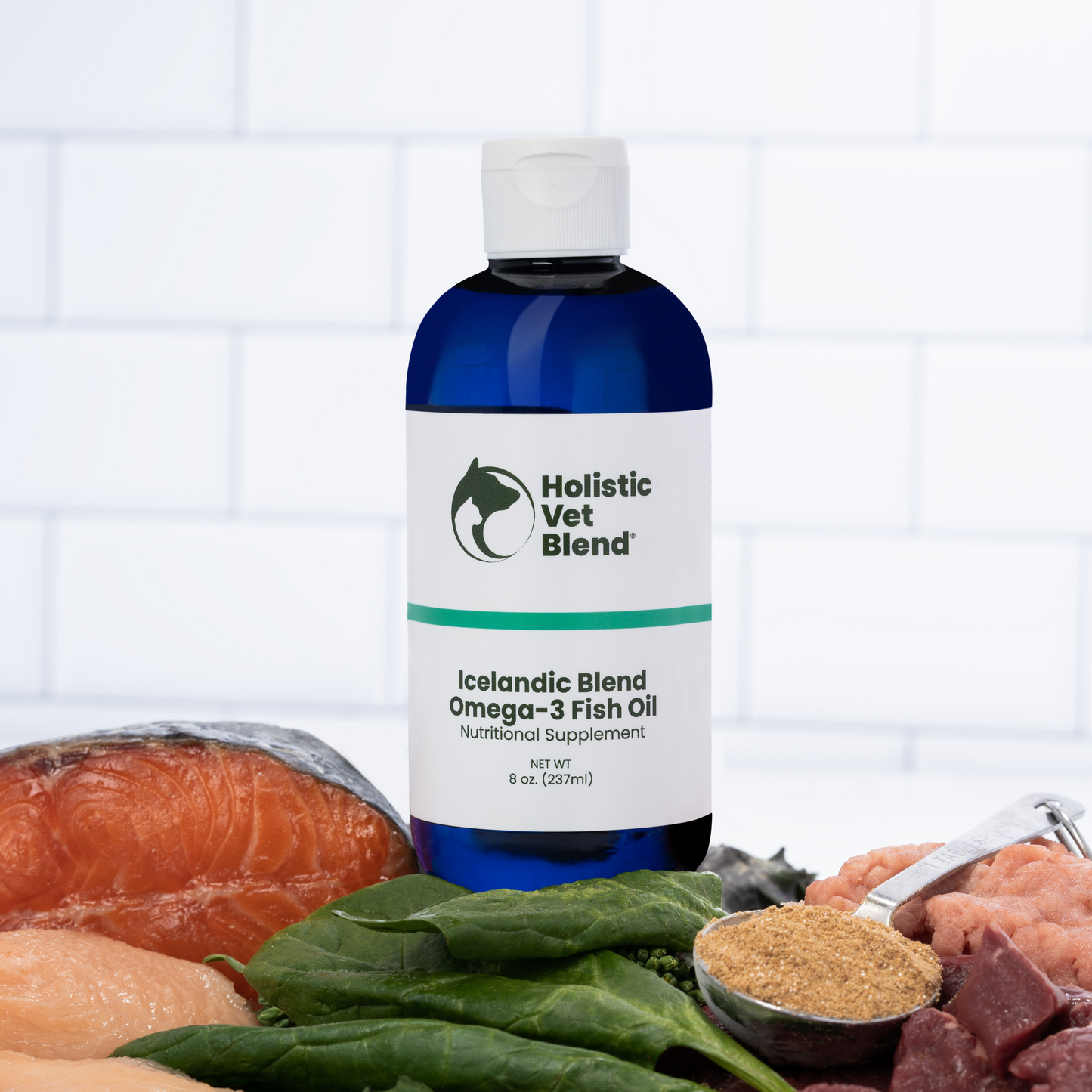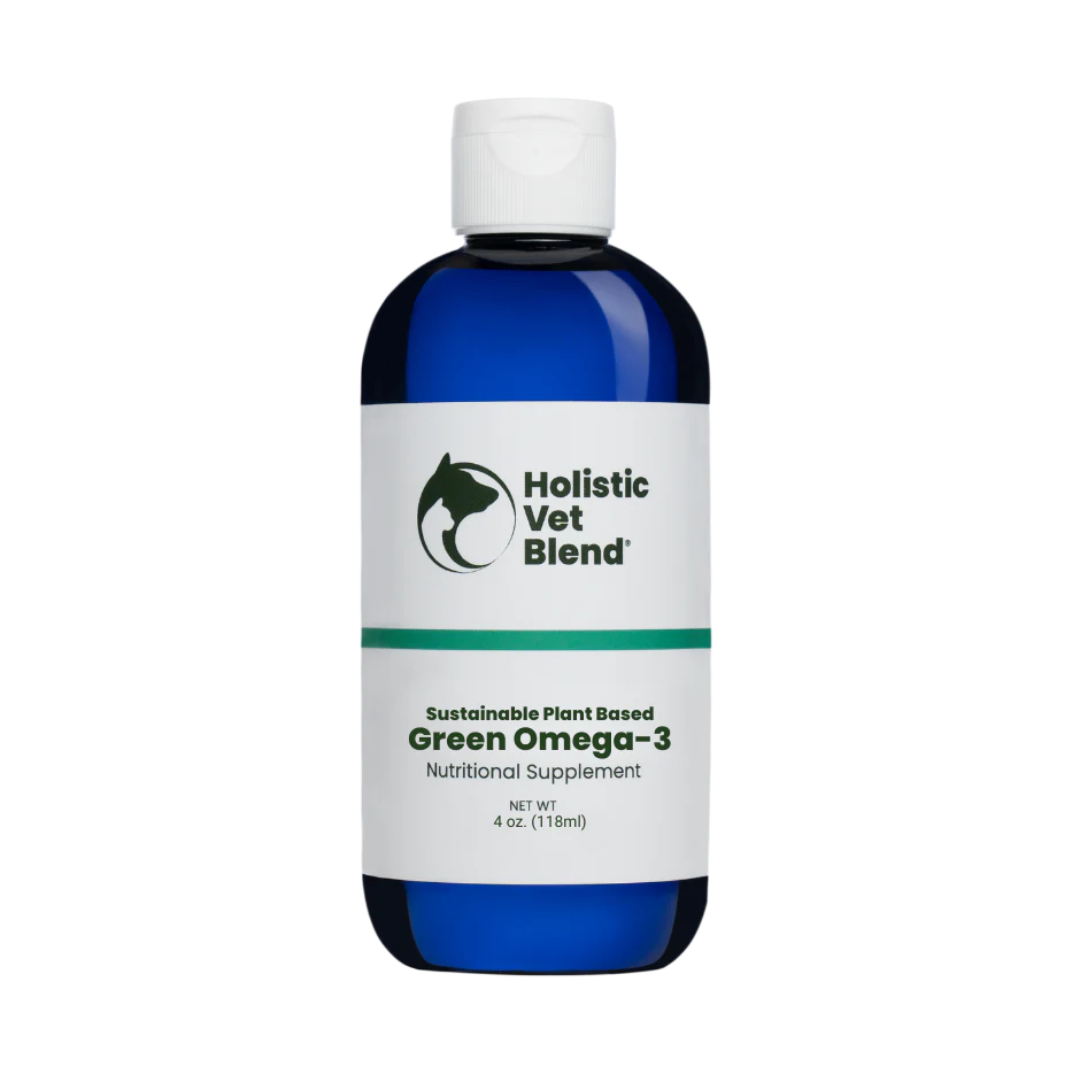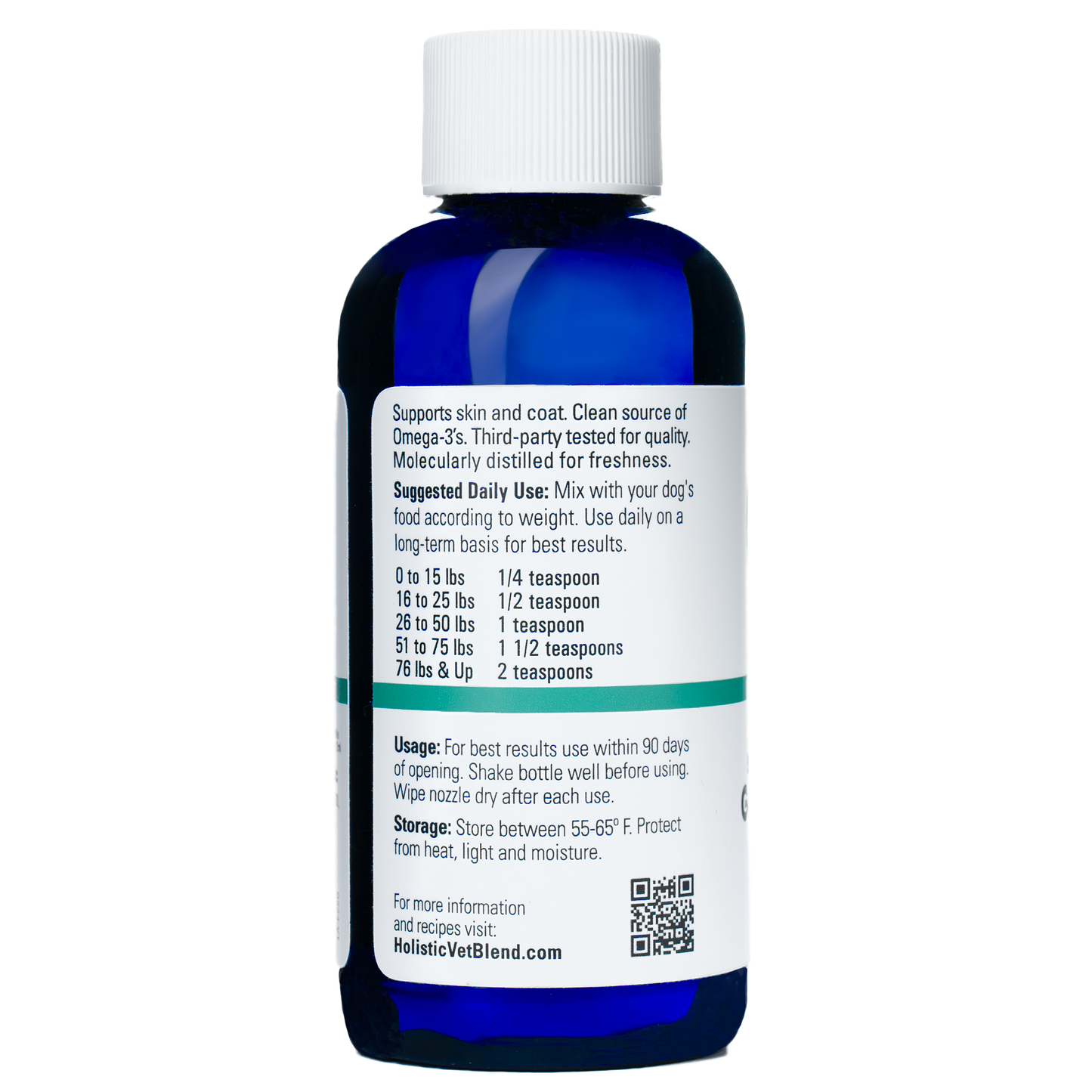
Introduction
Every time someone tells me they paid extra for a “hypoallergenic dog,” I have to make a split-second decision:
Do I explain—calmly, professionally, with science—that they’ve been sweet-talked by a savvy breeder and a marketing myth?
Or do I smile, nod, and say "that's nice."
It’s a toss-up.
If you’ve ever wondered whether hypoallergenic dogs are real—or just really well-branded—read on. Let’s clear the air (and the pet dander). There’s even promising news on the feline front: scientists have discovered that feeding specific diets to cats can reduce their allergen production. So yes, you’ll walk away knowing more—and maybe even armed with enough science to stir the pot at your next cocktail party (preferably somewhere far from the dog lover who just dropped five grand on a “hypoallergenic doodle”).
What do veterinary experts really say about hypoallergenic dogs?
For years, the idea of the "hypoallergenic dog" has been a beacon of hope for allergy sufferers yearning for canine companionship, especially among those considering hypoallergenic dog breeds like the Poodle, Labradoodle, Portuguese Water Dog, and small dogs such as the Bichon, and Yorkshire terrier. However, many people still experience symptoms such as itchy eyes and discomfort. But is this claim backed by science? Leading veterinary dermatologists and allergists say no, and the evidence is clear: the hypoallergenic dog is a myth, and understanding why can help pet lovers make better choices for their health and happiness and avoid the general misery associated with allergies.
The 2011 study published in the American Journal of Rhinology & Allergy thoroughly dismantles the popular claim that certain dog breeds are "hypoallergenic." Researchers compared allergen levels—specifically Canis familiaris 1 (Can f 1), the major dog allergen—, which can trigger asthma, in homes with hypoallergenic dogs versus non-hypoallergenic breeds. (1) They used four different classification schemes based on popular and registry-based definitions of “hypoallergenic” and analyzed household dust samples. The results? Across all four groupings, there were no statistically significant differences in allergen levels. In fact, 94% of all homes—regardless of breed—had detectable dog allergen levels, suggesting that the term “hypoallergenic dog” is more marketing myth than medical reality.
This means paying more for a "hypoallergenic" specific breed doesn't guarantee a lower-allergen home. The presence or absence of dog allergens in a household appears to be influenced more by environmental and behavioral factors—like where the dog is allowed to go—than by the breed itself.
What Actually Causes Dog Allergies?
The primary culprit in allergies to dogs is Can f 1, a protein produced in a dog’s saliva, skin, and dander (tiny flakes of skin). This protein sticks to fur, floats in the air, and settles on surfaces like carpets, furniture, and bedding. Since all dogs secrete this protein—yes, even the ones with fancy “hypoallergenic” labels—there’s no such thing as an allergen-free breed.
Some pups may shed less hair or dander, but that doesn’t mean they produce less allergen. And because this allergen is sticky and lightweight, it spreads easily throughout the home, making complete avoidance difficult without stringent cleaning protocols and environmental controls.
This means that every dog, regardless of breed, produces allergens. The notion that some breeds are "allergen-free" is simply not supported by science.
Where Did the Hypoallergenic Myth Come From?
The myth likely originated because the dogs that fall into the "hypoallergenic dog" category shed less.
Breeds That "Shed Less": Goldendoodle, Labradoodle, and Poodle
Some breeds, such as Poodles, including the miniature poodle, Bichon Frises, and Portuguese Water Dogs, do shed less hair. The logic is that less shedding means less dander is released into the environment. While this might help a little, it does not eliminate allergens, and studies show allergen levels are similar regardless of breed.
Common "Hypoallergenic" Breeds
|
Breed |
Coat Type |
Shedding Level |
Grooming Needs |
|---|---|---|---|
|
Poodle |
Curly, dense |
Very low |
High (regular trims) |
|
Bichon Frise |
Curly, double |
Very low |
High (daily brushing) |
|
Portuguese Water Dog |
Curly/Wavy |
Low |
Moderate |
|
Schnauzer |
Wiry |
Low |
Moderate |
|
Maltese |
Silky, long |
Very low |
High |
These breeds may shed less, but they still produce dander and allergens. The only difference is that their coat may trap more dander, reducing how much becomes airborne, but not enough to make them hypoallergenic. So, what should one do when one can't resist sharing a home with a canine? I know when I went to the doctor with my husband, who is allergic to dogs and cats, and they gave him his test results, the doctor said we needed to eliminate the "allergens". My husband looked at her and said, "What do you want me to do? I'm married to a vet!" Well, there are some things you can do, so let's move and talk about what we can do to minimize the dander.
Types of Dog Hair Coats: Shedding vs. Non-Shedding
Understanding coat types can help clarify why some breeds are marketed as hypoallergenic, particularly in terms of keeping the dog’s coat clean:
- Double-coated breeds (e.g., Labradors, German Shepherds): Shed heavily, especially seasonally, releasing lots of dander.
- Single-coated breeds (e.g., Poodles, Maltese): Hair grows continuously and sheds minimally, so dander is less likely to become airborne.
- Curly or wiry-coated breeds (e.g., Poodles, Schnauzers): Coat texture helps trap dander, but does not eliminate it.
But remember: all dogs produce dander—coat type only affects how much is released into the environment.
Dogs With Allergies: A Double Whammy
Dogs that suffer from allergies themselves often have inflamed skin, which can increase dander production. More dander means more allergens in your home, potentially worsening symptoms for allergic individuals. Keeping your dog’s allergies under control is crucial for minimizing dander.
You can learn more about how to understand canine allergies here.
Insights and Recommendations from Veterinarians
Veterinarians and allergists offer several key insights and practical tips for allergy sufferers who want to live with dogs:
- No breed is truly hypoallergenic. Marketing claims are not supported by science.
- Allergy response is individual. Some people may react less to certain dogs.
- Early exposure may help. Children who grow up with dogs from infancy may be less likely to develop allergies, possibly due to a form of natural desensitization.
- Test before adopting. Spend time with the exact dog or breed you’re considering before bringing it home. If you don’t react after repeated exposure, you may tolerate that individual dog better.
- Environmental management is key. Keeping the dog out of bedrooms, off furniture, frequent bathing, regular cleaning, and using HEPA filters can all help reduce allergen exposure.
Practical Steps to Reduce Dog Allergy Symptoms
If you suffer from dog allergies but want to keep your pet, here’s what veterinarians recommend:
- Keep the dog out of the bedroom at all times.
- Bathe your dog frequently, preferably with a soap-free shampoo.
- Vacuum carpets, dust furniture, and wash linens weekly.
- Use air filters in your home’s ventilation system.
What breeds are considered hypoallergenic dogs?
- Choose a breed that sheds less, like the Poodle, Bichon Frise, Maltese, Shih Tzu, or Schnauzer.
- Treat your dog’s allergies and skin conditions to reduce dander production.
- Consider allergy desensitization. Human allergists can prescribe oral or injectable allergy desensitization, which can be very successful.

The Cat Question: Are There Hypoallergenic Cat Breeds?
Just as with dogs, no cat breed is truly hypoallergenic. All cats produce a similar allergen-like protein, just as dogs do. This protein is found in cat saliva and sebaceous (skin) glands. When cats groom themselves—a behavior that can occupy up to 30-50% of their waking hours—they spread allergens onto their fur, which then becomes airborne as dander.
Cat Dander: A Potent Allergen
Cat dander, like dog dander, is a potent allergen. In fact, cats are often more problematic for allergy sufferers because Fel d 1 is particularly sticky and can remain airborne or on surfaces for long periods. Because cats groom so much, their saliva (and thus Fel d 1) is constantly being deposited on their fur and skin.
Popular "Hypoallergenic" Cat Breeds
Some breeds are said to produce less allergen, including:
- Siberian
- Siamese
- Bengal
- Russian Blue
- Sphynx
While these breeds may produce less allergen or shed less, all cats produce some Fel d 1, the allergen that people react to. The only way to know if you’ll react is to spend time with the individual cat.
New Science: Cat Food That Reduces Allergens
Recent breakthroughs have led to cat foods and toppers designed to neutralize Fel d 1 in the cat’s saliva. For example:
- Egg-based diets: Purina researchers developed a dry food coated with anti-Fel d 1 antibodies, which neutralize the allergen in the cat’s mouth and reduce active Fel d 1 levels in the environment. In a study, half of the cats showed at least a 50% drop in Fel d 1 on their fur, and 86% had reductions of 30% or more compared to their starting levels.(2)
- Allergy injections(3): These products do not eliminate allergens completely, but studies show they can significantly reduce the amount of active Fel d 1 in the home, leading to fewer and less severe allergy symptoms for many people. These foods are available in both dry and canned forms.
Choosing a Less Allergenic Cat
If you’re determined to get a cat and want to minimize allergies:
- Spend time with the specific cat before adopting. Individual variation matters more than breed.
- Consider breeds reported to produce less Fel d 1, but remember there are no guarantees.
- Use allergen-reducing foods or toppers to lower Fel d 1 levels in your home.
- Keep cats out of bedrooms and off furniture.
- Frequent cleaning and HEPA filters can help reduce airborne dander.
Final Thoughts: Science Over Myth
Veterinary experts are clear: there is no such thing as a truly hypoallergenic dog or cat. All pets with fur produce dander and allergenic proteins, and individual allergic responses can vary widely. Marketing claims about hypoallergenic breeds are not supported by scientific evidence.
However, with careful management—choosing breeds that produce less pet hair, using new allergen-reducing foods, and reducing pet dander by keeping your home clean, and working closely with your veterinarian—many allergy sufferers can successfully share their lives with beloved pets.
The emotional bond between humans and their pets is powerful, and science is making it easier for allergy sufferers to enjoy animal companionship. However, they always approach claims of "hypoallergenic" breeds with skepticism and rely on expert advice for the best results.

Citations:
(1) Nicholas, Charlotte, et al. Dog allergen levels in homes with hypoallergenic compared with nonhypoallergenic dogs. Am J Rhinol Allergy. 2011 Jul-Aug;25(4):252-6.
(2) https://www.nih.gov/news-events/nih-research-matters/experimental-cat-allergy-shots-provide-longer-lasting-relief#:~:text=Allergy%20shots%20gradually%20expose%20the,for%20at%20least%20three%20years
(3) Satyaraj, E., Gardner, C., Filipi, I., Cramer, K. & Sherrill, S. (2019). Reduction of active Fel d 1 from cats using an antiFel d 1 egg IgY antibody. Immunity, Inflammation & Disease. Advance online publication. doi: 10.1002/iid3.244


